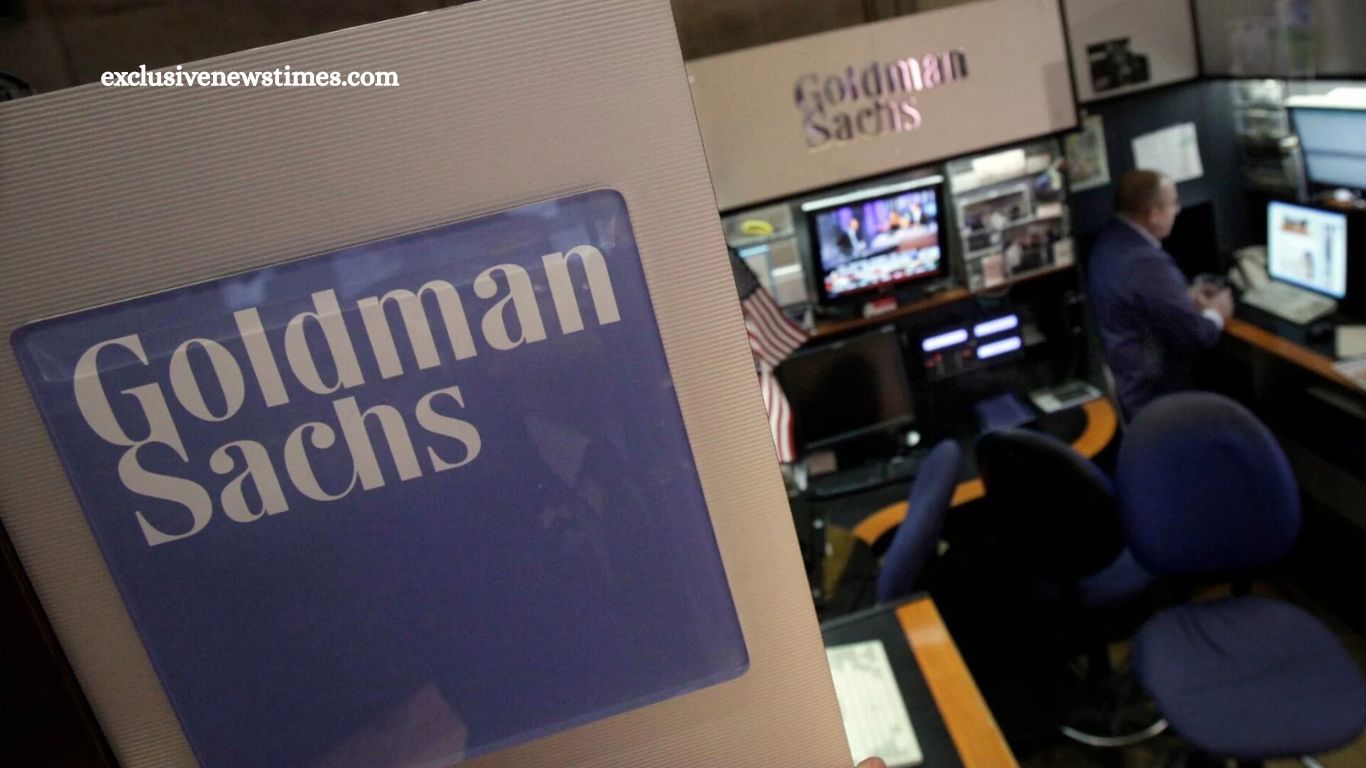Goldman Sachs has officially launched its generative AI assistant across the entire organization, marking a significant milestone in the firm’s ongoing technology transformation. This new tool is now available to all employees, aiming to enhance productivity and streamline workflows throughout the company.
Read More: YouTube to Introduce AI-Powered “Slop” Button with Help from Google’s Veo 3
A Year of Development and Testing
The GS AI Assistant is the result of more than a year of internal development and extensive pilot testing, involving over 10,000 employees. It functions as a conversational AI interface, enabling users to safely engage with large language models such as GPT and Gemini. Importantly, the system operates within Goldman Sachs’ strict security and compliance framework, ensuring confidentiality and data protection.
Transforming How Goldman Sachs Works
According to Chief Information Officer Marco Argenti, Goldman Sachs has been investing in AI and machine learning infrastructure for years. The company has already introduced several generative AI-powered tools, including:
- A developer copilot to assist engineers with coding
- An internal translation tool for team communications
- A “Banker Copilot” designed to optimize investment bankers’ workflows
The GS AI Assistant, however, is the first generative AI tool to be deployed firmwide, intended to assist employees with tasks such as summarizing complex documents, drafting content, and analyzing data—activities that often consume significant time.
Enhancing Efficiency, Not Replacing Jobs
A source familiar with the launch emphasized that the AI initiative is designed to improve employee efficiency rather than replace jobs. Goldman Sachs hopes the assistant will empower its workforce to focus on higher-value tasks, boosting overall productivity.
AI Adoption Accelerates Across Wall Street
Goldman Sachs’ rollout reflects a wider AI arms race on Wall Street. Other major banks such as Citi, Bank of America, and Morgan Stanley are also implementing AI chatbots to automate routine white-collar tasks historically handled by junior bankers.
Examples of AI applications include:
- Automatically scanning legal documents to identify key contract clauses
- Managing margin calls by interpreting client email responses and booking calls autonomously
- Assisting managers with drafting staff reviews and setting objectives
These AI-powered automations free up human labor and reduce operational staffing needs. For instance, one bank reported that AI processing of margin call responses allowed it to avoid hiring 30 additional employees.
Proven Success at Goldman Sachs
Goldman Sachs began its AI deployment with a developer copilot that is now used by over 12,000 engineers, significantly boosting productivity. Encouraged by positive feedback, the firm expanded the AI assistant rollout company-wide this week.
Marco Argenti noted, “Our people across the firm are already integrating generative AI into their workflows, driving productivity gains for our teams and delivering benefits for our clients.”
The Broader Implications
While the GS AI Assistant is optional, employees are encouraged to adopt it, signaling the firm’s commitment to embedding AI into daily operations. This move also validates generative AI’s growing role in financial services, mirroring trends in other industries where AI is integrated into widely used software like Microsoft Teams and Outlook.
However, this AI-driven productivity revolution also raises questions about its long-term impact on employment. If a single AI tool can replace dozens of back-office staff in one part of one bank, scaling these efficiencies across the industry could lead to significant workforce reductions.
Frequently Asked Questions
What is Goldman Sachs’ new AI initiative?
Goldman Sachs has launched a generative AI assistant firmwide, enabling employees to use AI-powered tools for tasks like document summarization, content drafting, and data analysis.
How long did it take Goldman Sachs to develop this AI assistant?
The AI assistant was developed and tested over more than a year, with over 10,000 employees participating in pilot programs.
What AI models does Goldman Sachs’ assistant use?
The assistant interacts with large language models such as OpenAI’s GPT and Google’s Gemini, within Goldman Sachs’ secure and compliant environment.
Is the AI assistant meant to replace employees?
No, the goal is to improve employee productivity and efficiency, helping staff focus on higher-value work rather than replacing jobs.
How does Goldman Sachs ensure data security with this AI?
The AI operates behind Goldman Sachs’ firewall and within strict compliance frameworks to protect sensitive information.
What other AI tools has Goldman Sachs developed?
They have developed a developer copilot for coding, an internal translation tool, and a “Banker Copilot” to streamline investment bankers’ workflows.
Conclusion
Goldman Sachs’ company-wide deployment of its generative AI assistant represents a pivotal moment in the financial sector’s digital evolution. While it promises enhanced efficiency and productivity, it also highlights the delicate balance firms must maintain between technological advancement and workforce sustainability.


